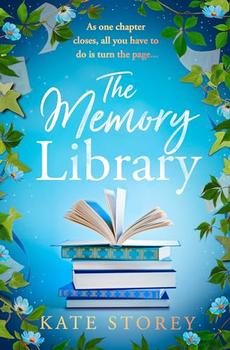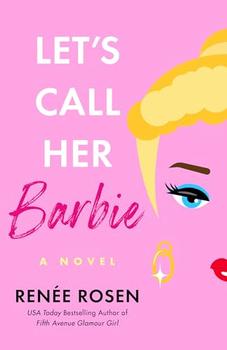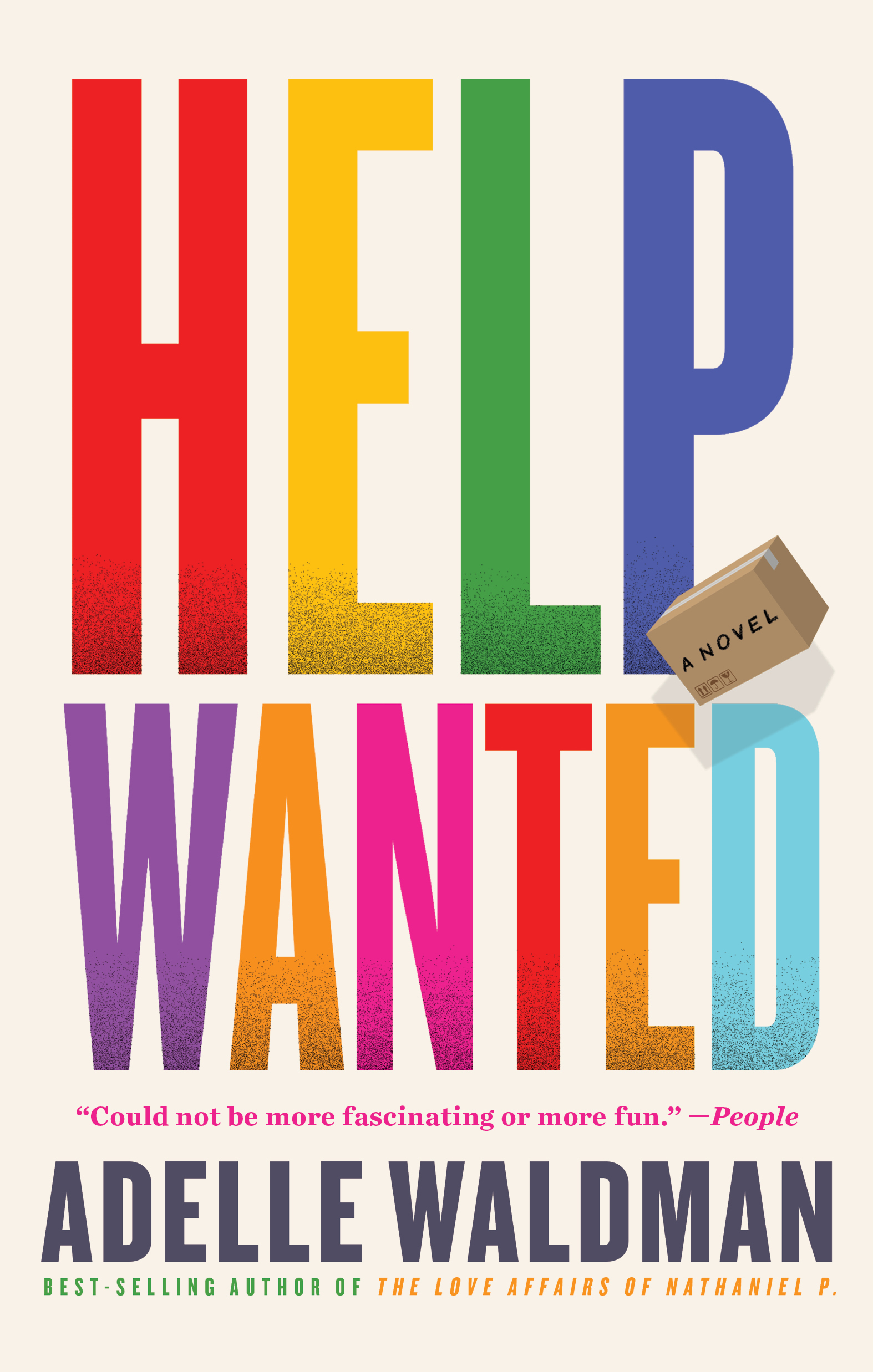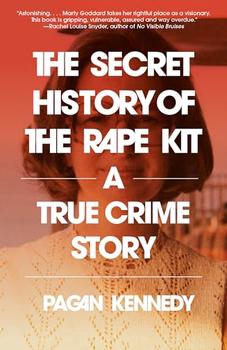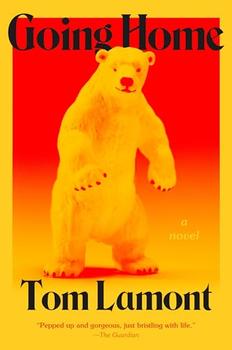(12/14/2024)
Wow! Wow! Wow! This is a tale that everyone should read. It is important, but it's also so riveting and compelling that I could barely stop reading. Oh, and it's nonfiction.
Written by Dave Eggers, this is the astounding, heartbreaking, and rage-inducing story of one family's life in New Orleans before and after Hurricane Katrina.
It's 2005. Abdulrahman Zeitoun (pronounced Zay-toon), a Muslim from Syria, owns and operates a highly successful painting and contracting business in New Orleans. Everyone calls him Zeitoun—even his wife, American-born Kathy. The couple have four children, Zachary, who is 15 and is Kathy's son from her first marriage, and three girls, Nademah, 10; Aafiya, 7; and Aisha, 5. Kathy helps Zeitoun run the business. They are happy. The business is financially sound. All is well. That is, until Hurricane Katrina hits New Orleans on August 29, 2005. And then their safe, secure, happy world cracks wide open.
Two days before Katrina made landfall in New Orleans, Kathy packed up the four kids and their dog in their minivan and escaped to Baton Rouge, along with her sisters and their families. Ever since she converted to Islam before she met Zeitoun, her family of born-again Christians could not understand or fathom her religious choice. It was so difficult staying in Baton Rouge with her family's frequent verbal scorn that Kathy fled to Phoenix where her best friend from childhood, Yuko, lived with her husband and four children. They welcomed Kathy and her children.
Meanwhile, Zeitoun refused to leave New Orleans, no matter how much Kathy hammered him. He wanted to stay and look after their home, their rental properties, and their business. A resourceful man, Zeitoun weathered the storm and the aftermath, helping to rescue people in his small canoe, feeding abandoned dogs trapped inside homes, and assisting others in any way he could—from bringing food and water to alerting authorities of special needs. He thought he was doing God's work. Happily, the landline in one of his rental properties still worked so after his cell phone battery ran out, he called Kathy every day at noon—until one day he didn't call. Or the next day. Or the next.
What happened to Zeitoun borders on the unbelievable, but it's all true. He was arrested inside his own rental property and eventually charged with petty theft, but it was assumed that because he is Middle Eastern he was a terrorist. What he endured for 23 days is the stuff of nightmares. It is the story of a third world country—but it was the United States.
Ingeniously plotted with the story told from both Zeitoun and Kathy's points of view, this is a highly readable, provocative, and haunting account of what happens when society and our legal system break down. Masterfully written with razor-sharp prose, this gritty and brutal story is spellbinding. And it's all true.
Update: Published in 2009, the book was received to great acclaim, winning a number of prizes, including the American Book Award. Zeitoun is portrayed as a hero in this book, and his actions deserve that designation. But his life disintegrated from there. In 2012, he and Kathy divorced, and Zeitoun was found not guilty of plotting to murder her and her son. In 2016 he was convicted of felony stalking his ex-wife, and Zeitoun went to prison for two years.
